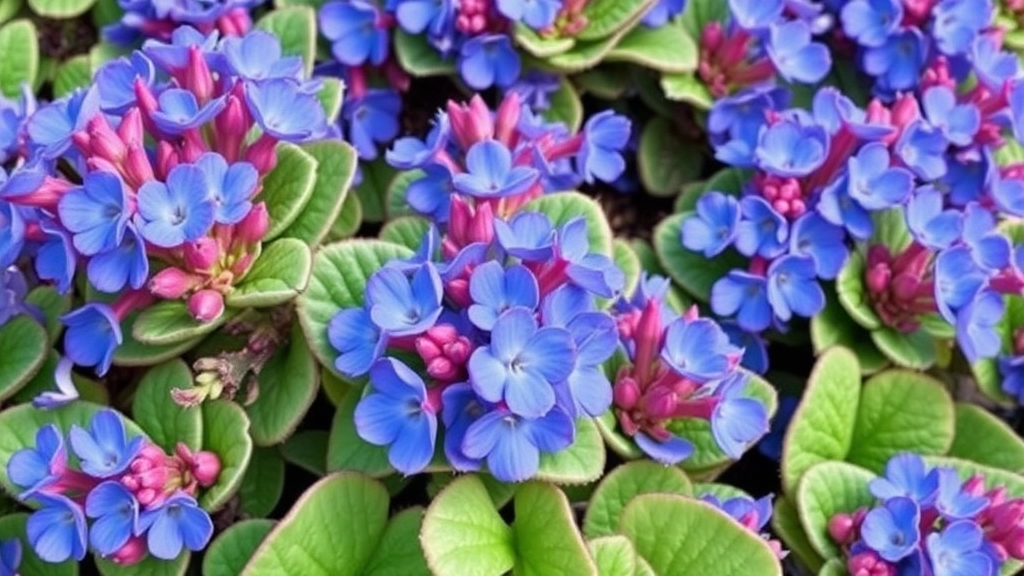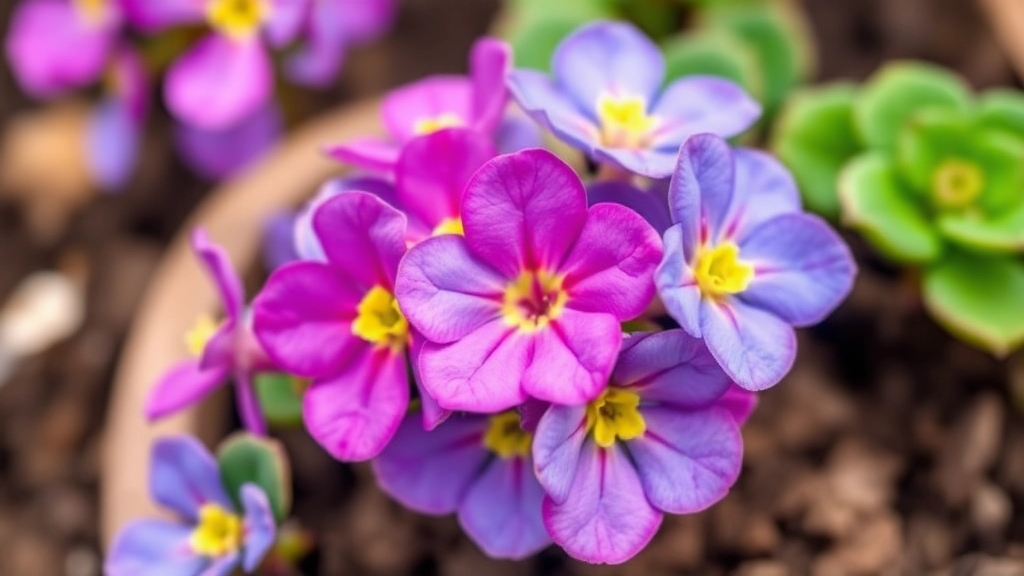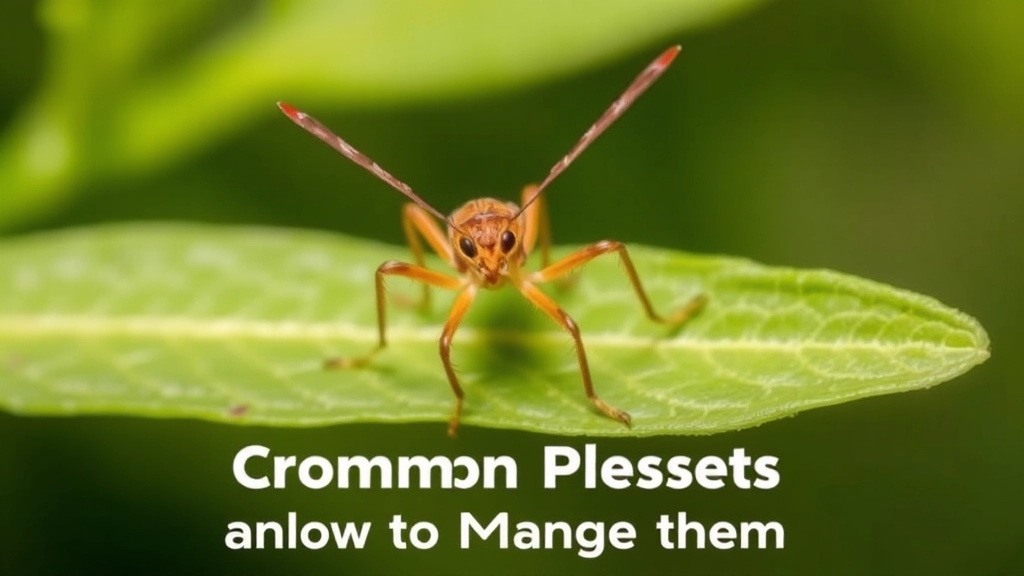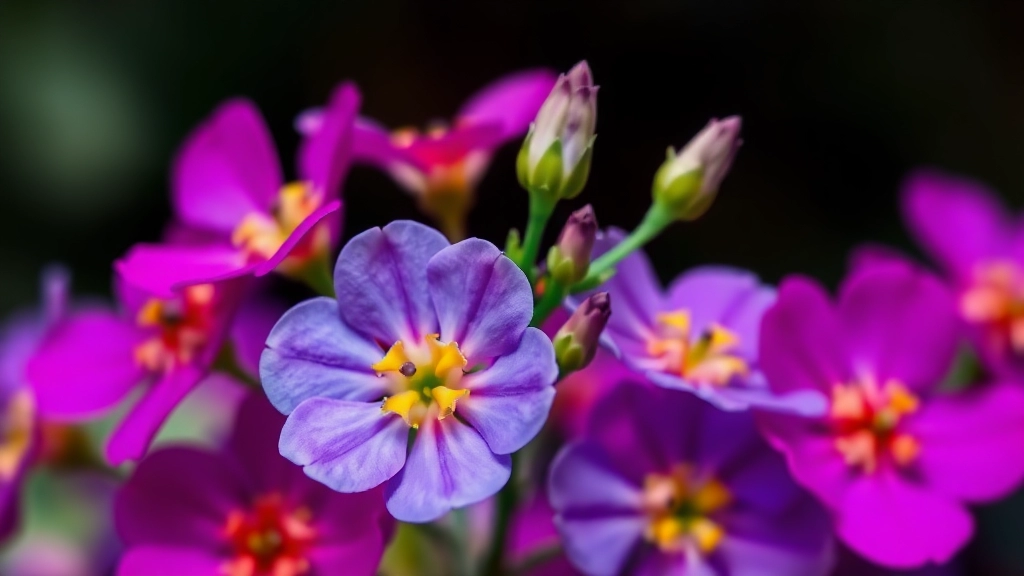Blue Kalanchoe Flower
If you’re captivated by the unique beauty of the Blue Kalanchoe Flower, you’re not alone. These stunning succulents, known for their vibrant blue or bluish-green hues, have become a favourite among indoor gardening enthusiasts. Their drought tolerance and ornamental appeal make them a perfect addition to any home.
Understanding Blue Kalanchoe
Understanding the different varieties, ideal growing conditions, and care requirements is key to keeping your Blue Kalanchoe thriving. Whether you’re new to succulents or a seasoned gardener, this guide will help you master the art of growing and maintaining these beautiful plants.
When considering the enchanting world of Blue Kalanchoe, you might wonder which varieties are best suited for your collection.
Blue Kalanchoe, a striking succulent known for its vibrant hues, comes in several captivating varieties. Each offers unique characteristics that can enhance your indoor or outdoor space.
### Popular Varieties
– **Kalanchoe luciae**
Also known as the “Paddle Plant,” it features thick, paddle-like leaves with a stunning blue-grey tint.
This variety is particularly resilient and thrives in bright light.
– **Kalanchoe thyrsiflora**
Commonly referred to as “Flapjack,” it has a rosette shape and can display a beautiful blueish hue under the right conditions.
Its leaves may turn reddish at the edges when exposed to direct sunlight.
– **Kalanchoe beharensis**
Known as “Panda Plant,” it has large, felted leaves that can show a bluish tint.
This variety is more tolerant of lower light conditions, making it suitable for indoor environments.
For more detailed care information, check out our [Kalanchoe beharensis care guide](https://planthq.org/kalanchoe-beharensis-oak-leaf-care-propagation-and-tips/).
– **Kalanchoe marnieriana**
Often called “Chandelier Plant,” it features cascading leaves that can take on a bluish-grey appearance.
This variety is excellent for hanging pots or as a trailing plant in arrangements.
Learn more about how to care for this unique variety in our [guide to scalloped Kalanchoe succulents](https://planthq.org/how-to-care-for-scalloped-kalanchoe-succulents/).
These varieties not only add aesthetic value but also contribute to the overall health of your plant collection.
Ideal Growing Conditions for Blue Kalanchoe

So, you’re keen on nurturing a Blue Kalanchoe, right?
Understanding its ideal growing conditions is key to keeping it thriving.
Light and Temperature
Blue Kalanchoe loves bright, indirect sunlight.
Here’s what you need to keep in mind:
- Location: A south or west-facing window is perfect.
- Temperature: Aim for 20-25°C (68-77°F) during the day and a little cooler at night.
Too much direct sunlight can scorch those beautiful leaves, so be mindful!
Humidity Levels
These succulents prefer lower humidity levels.
- Ideal Range: 30-50% is perfect.
- Air Circulation: Ensure good airflow around your plant to prevent any fungal issues.
Potting and Drainage
Choosing the right pot is crucial.
- Material: Terracotta pots are great as they allow moisture to escape.
- Drainage Holes: Always opt for pots with drainage holes to prevent root rot.
Seasonal Considerations
Remember, Blue Kalanchoe has its own rhythm.
- Growing Season: Spring and summer are when it’ll flourish.
- Resting Period: During fall and winter, it slows down, so adjust your care accordingly.
Watering and Light Requirements for Blue Succulents
When nurturing Blue Kalanchoe, one of the most pressing concerns is ensuring they receive the right amount of water and light. Without these essentials, your succulent may struggle to thrive.
Soil and Fertilization Needs for Blue Kalanchoe

When it comes to nurturing your Blue Kalanchoe, the right soil and fertilization can make all the difference.
Many plant enthusiasts worry about finding the perfect soil mix.
Soil Requirements
- Well-Draining Soil: Blue Kalanchoe thrives in soil that drains well. A standard cactus or succulent mix is ideal.
- pH Level: Aim for a slightly acidic to neutral pH, ideally between 6.0 and 7.0.
- Additives: Consider adding perlite or coarse sand to improve drainage further.
Fertilization Needs
- Frequency: During the growing season (spring and summer), fertilise every 4-6 weeks.
- Type of Fertiliser: Use a balanced, water-soluble fertiliser diluted to half strength.
- Avoid Over-Fertilising: Too much fertiliser can lead to leggy growth and diminished blooms.
For example, a friend of mine swears by a mix of cactus soil and a sprinkle of perlite. This combination has kept her Blue Kalanchoe thriving, showcasing vibrant colours and robust growth.
Propagation Techniques for Blue Kalanchoe
Are you looking to expand your collection of Blue Kalanchoe or share this stunning succulent with friends? Propagating Blue Kalanchoe is easier than you might think, and it can be a rewarding experience.
Common Pests and How to Manage Them

So, you’ve got your beautiful Blue Kalanchoe thriving, but what happens when those pesky pests decide to crash the party?
Let’s face it, nobody wants their beloved plants to be nibbled on or infested.
Here are the most common culprits you might encounter:
- Mealybugs: These little white cottony bugs love to settle in the nooks and crannies of your plant.
- Aphids: Tiny green or black bugs that suck the sap from your plant, leaving it weak and wilting.
- Spider Mites: These are super tiny and often go unnoticed until you see webbing on your Kalanchoe.
- Fungus Gnats: Those annoying little flies that seem to hover around your plants can be a sign of overwatering.
So, how do we tackle these pests and keep our Blue Kalanchoe looking fab? Here are some straightforward strategies:
- Inspect Regularly: Check your plants often for any signs of pests. Early detection is key.
- Natural Remedies: A simple spray of water mixed with a few drops of dish soap can work wonders against mealybugs and aphids.
- Neem Oil: This natural insecticide is effective against a variety of pests. Just mix it with water and spray on your plants.
- Diatomaceous Earth: Sprinkle this powder around your plants. It’s safe and helps deter pests.
- Remove Infested Leaves: If you spot an infected leaf, don’t hesitate to snip it off. Your plant will thank you!
- Maintain Proper Watering: Overwatering can attract pests like fungus gnats. Keep it balanced!
Creative Uses of Blue Kalanchoe in Home Decor
Are you looking for ways to incorporate the stunning Blue Kalanchoe into your home decor? This unique succulent can transform any space, adding a touch of elegance and colour.
1. Centrepieces for Dining Tables
Using Blue Kalanchoe as a centrepiece can instantly elevate your dining experience.
- Choose a decorative pot: Opt for ceramic or terracotta pots that complement your table setting.
- Combine with other plants: Pair it with white or green succulents for a fresh look.
- Add candles: Surround the plant with candles for a warm, inviting atmosphere.
2. Window Sills
Blue Kalanchoe thrives in bright light, making it perfect for window sills.
- Create a mini garden: Line several pots along the sill for a vibrant display.
- Mix heights: Use varying pot sizes to add dimension.
- Use decorative trays: Place pots on a stylish tray to keep the area tidy.
3. Shelving Displays
Incorporating Blue Kalanchoe into your shelving can create visual interest.
- Layer with books: Position the plant alongside your favourite books for a chic look.
- Use stands: Elevate the plant on a stand for added height.
- Incorporate art: Surround it with framed photos or art pieces to enhance the aesthetic.
4. Office Decor
A Blue Kalanchoe can brighten up your workspace.
- Desk companion: Place a small pot on your desk to boost your mood.
- Add a personal touch: Choose a pot that reflects your style, whether it’s rustic or modern.
- Create a green corner: Group it with other office plants for a refreshing vibe.
5. Outdoor Spaces
Don’t forget about your outdoor areas!
FAQs About Blue Kalanchoe Flower
What are the ideal growing conditions for Blue Kalanchoe?
Blue Kalanchoe thrives in bright, indirect sunlight and prefers temperatures between 20-25°C (68-77°F) during the day and slightly cooler at night. It also favors lower humidity levels, ideally between 30-50%, and requires good air circulation to prevent fungal issues.
Where should I place my Blue Kalanchoe for optimal growth?
A south or west-facing window is perfect for Blue Kalanchoe as it provides the bright, indirect sunlight that the plant loves. Be cautious of too much direct sunlight, which can scorch the leaves.
What type of pot is best for Blue Kalanchoe?
Terracotta pots are ideal because they allow moisture to escape, preventing root rot. Always opt for pots with drainage holes to ensure proper drainage.
What kind of soil does Blue Kalanchoe need?
Blue Kalanchoe thrives in well-draining soil. A standard cactus or succulent mix is ideal. Aim for a slightly acidic to neutral pH, ideally between 6.0 and 7.0, and consider adding perlite or coarse sand to improve drainage further.
How often should I fertilize my Blue Kalanchoe?
During the growing season (spring and summer), fertilize every 4-6 weeks using a balanced, water-soluble fertilizer diluted to half strength. Avoid over-fertilizing, as it can lead to leggy growth and diminished blooms.
What are common pests that affect Blue Kalanchoe and how can I manage them?
Common pests include mealybugs, aphids, spider mites, and fungus gnats. Regularly inspect your plants for signs of pests, use natural remedies like a water and dish soap spray, apply neem oil, sprinkle diatomaceous earth, remove infested leaves, and maintain proper watering to keep pests at bay.
What should I do if my Blue Kalanchoe shows signs of pest infestation?
Early detection is key. Check your plants often, and if you spot pests, use natural remedies like a water and dish soap spray or neem oil. Remove any infested leaves and ensure you maintain proper watering practices to prevent future infestations.
How should I adjust care for Blue Kalanchoe during different seasons?
Blue Kalanchoe flourishes during spring and summer, so provide more care and attention during these seasons. During fall and winter, the plant enters a resting period, so reduce watering and fertilization accordingly.
References
-
Kalanchoe Care: Tips For Growing Kalanchoe Plants
-
How to Grow and Care for Kalanchoe
-
How to Care for Kalanchoe: 15 Steps (with Pictures)
